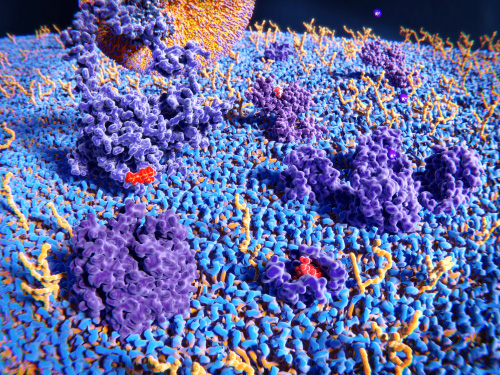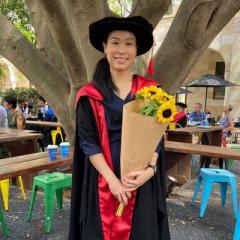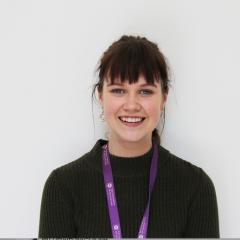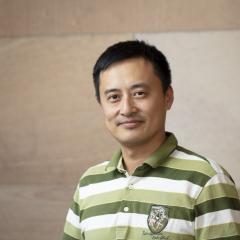Developing new "spatial omics" capabilities
 Full title
Full title
Developing new spatial proteomics capability and extending the applications of spatial transcriptomics to clinical archival tissue samples.
Brief project outline
The ability to develop “spatial omics” pipelines that can be successfully applied to archival FFPE tissue is paramount to unlock the valuable assets stored in pathology and laboratory biobanks across the world. Longitudinal data is often accessible from cancer registries which permits linkage to spatial omics data. The ability to use these cutting-edge tools of existing specimens will fast-track discoveries that may alter the course of future outcomes.
With support from the GIH, we will provide UQ researchers with access to cutting-edge expertise in “spatial omics”, which could be applied across all tissue specimens. An example of the power of this technology is that it can help with scaling up the gold standard immunohistochemistry method to measuring tens or hundreds time more proteins and genes, detecting many more cell types, and still preserving spatial information. New gene and protein markers, new type of disease predictors based on spatial geometric patterns of cell distributions, and new knowledge of cell-to-cell interactions are likely to be discovered by this platform. Overall, the project will provide UQ researchers with the foundation to access cutting-edge genome-wide assessment of spatial transcriptomics using archival FFPE materials and highlymultiplexed with spatial proteomics.
Genomics-based innovative aspect of proposal
With a new spectrum of emerging technologies, the field of spatial transcriptomics and spatial proteomics allows extensive interrogation of bio banked specimens, patient samples and experimental material to inform both basic and clinical research and to answer key questions by comparing gene and protein expression and cell locations across tumours and tumour types and under many influences and treatments. The integrated spatial omics platform in the proposed project will be the world first and is an innovative way of making the complementary strengths of the two cutting-edge technologies, together with the frontier machine learning analysis approaches.
Broad applicability of the technique
With the streamline experimental and bioinformatics pipeline, we expect that the spatial omics technologies will be readily transferable to a very broad range of research groups within UQ, spanning from all areas of research with animal models and patient samples. With the knowhow that we developed during this project; we will openly share the optimised protocol. Every group at UQ will be able to apply the technology to generate data and perform basic analysis made available in the form of ready-to-used analysis pipeline. We will then provide support with more in-depth analysis in the form of project collaborations. The capability is expected to be highly sought by researchers at UQ, in Queensland and across the country.










